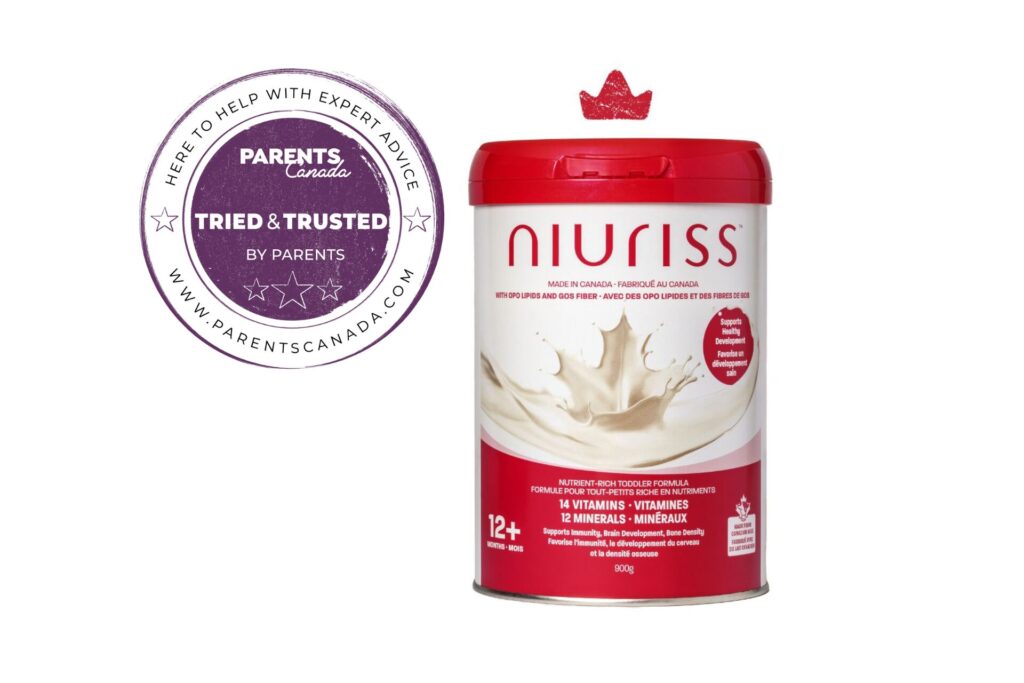Breastfeeding is such a special time. Sometimes it's easy to tell when you and your child are ready to wean. Other times it's more challenging. If your toddler is still breastfeeding, whether they self-wean or actively wean will vary from child to child and depends on various factors. These can include temperament and their relationship with breastfeeding. To help you navigate, we've rounded up some considerations when attempting to wean a toddler from breastfeeding.
Ways To Wean A Toddler From Breastfeeding
Child-led weaning (self-weaning): Some toddlers naturally decrease their breastfeeding frequency and duration over time as they become more interested in solid foods, develop other interests and activities, or simply lose interest in breastfeeding. Child-led weaning typically occurs gradually and can take place over several months.
Mother-led weaning (active weaning): In some cases, mothers may choose to initiate weaning for personal or practical reasons, such as returning to work, health concerns or the desire to have more body autonomy. Actively weaning involves gradually reducing breastfeeding sessions or implementing strategies to encourage the child to wean, such as offering alternatives or substituting breastfeeds with other forms of nourishment.
Combination approach: Some families opt for a combination approach, where the mother gently guides the weaning process while also respecting the child's cues and preferences. This may involve setting boundaries around breastfeeding, gradually reducing feedings and offering comfort and reassurance during the transition.
Ultimately, the decision to wean and the approach taken should be based on the needs and preferences of both you and your child. If you struggle with these approaches, seek support from your family doctor or a lactation consultant.
A version of this article was originally published in April 2024. Updated in August 2025.










